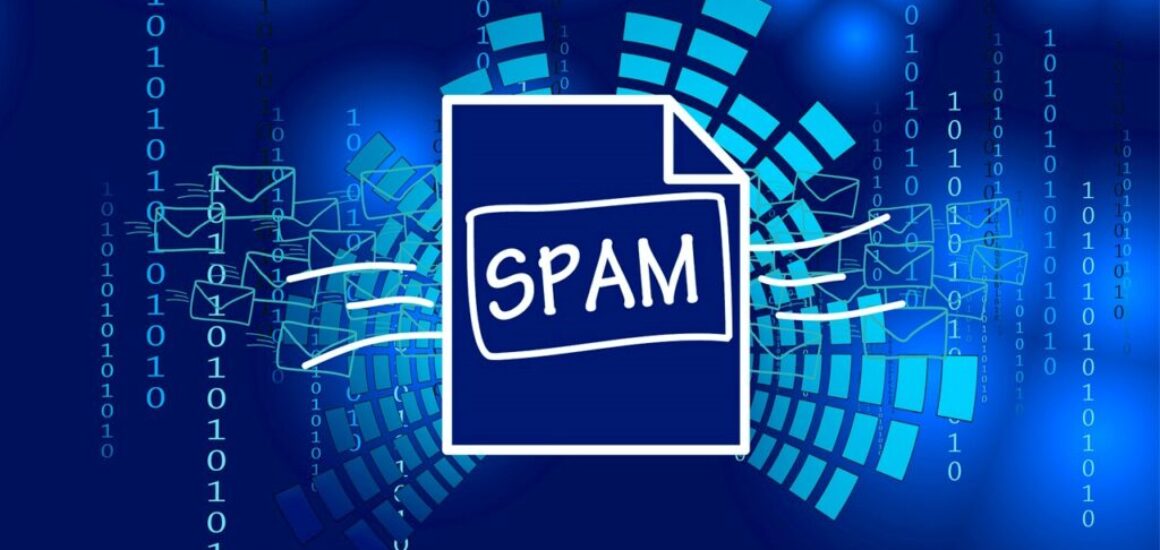How to identify spam and phishing emails?
Identifying whether an email is spam or not can be challenging at times, as spammers constantly evolve their techniques. However, here are some common indicators that can help you determine if an email is likely spam:
- Sender’s address: Check the sender’s email address and domain. Spammers often use deceptive or unfamiliar email addresses that resemble legitimate ones but contain slight variations or misspellings.
- Subject line: Spam emails often have suspicious or exaggerated subject lines designed to grab your attention. Be cautious of subject lines that are overly sensational, contain excessive punctuation or capitalization, or promise unrealistic offers.
- Poor grammar and spelling: Many spam emails contain grammatical errors, awkward phrasing, or spelling mistakes. Legitimate organizations usually have better quality control over their emails.
- Generic greetings: Spam emails often use generic greetings like “Dear Customer” or “Dear Sir/Madam” instead of addressing you by name. Legitimate emails from reputable sources are more likely to address you personally.
- Unexpected attachments or links: Be cautious of emails with unexpected attachments or links, especially if they come from unknown senders. These could be attempts to deliver malware or trick you into revealing sensitive information.
- Urgency or threats: Spammers often create a sense of urgency or use fear tactics to prompt immediate action. They may claim that your account will be suspended, payment is overdue, or a legal consequence awaits. Legitimate organizations typically communicate important matters through secure channels or official documents.
- Request for personal information: Be cautious if an email asks for personal information such as passwords, credit card details, or social security numbers. Legitimate organizations generally do not request sensitive information via email.
- Poor formatting and graphics: Spam emails often have inconsistent formatting, distorted images, or low-quality graphics. Legitimate organizations usually maintain a professional appearance in their communications.
- Unsubscribe options: While not foolproof, legitimate marketing emails usually provide an option to unsubscribe. If an email lacks such an option or the process seems suspicious, it may indicate spam.
- Trust your instincts: If something feels off or too good to be true, trust your gut instinct. If you’re unsure about an email’s legitimacy, it’s safer to err on the side of caution and avoid interacting with it.
Remember that these indicators are not definitive proof of spam, but they can help you make an informed judgment. If you’re still uncertain about an email’s legitimacy, you can contact the supposed sender through a trusted source (such as their official website) to verify its authenticity. Additionally, using reliable spam filters and antivirus software can help identify and block spam emails.




